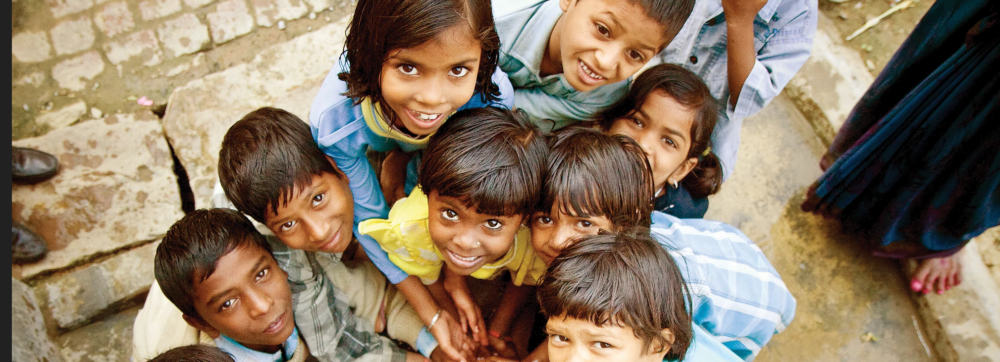It turns out to be difficult for academics at universities to carry out studies far away with the level of detail that good scientific trials require. You need reliable staff on the ground who understand the science but who also have the social skills to work with partners and manage field operations.
By 2002, as I was starting out as a professor, I founded a nonprofit called Innovations for Poverty Action (IPA) to help fill these knowledge gaps in finance, health, education, food, and peace and postconflict recovery. IPA connects my curious number-crunching academic colleagues at the Massachusetts Institute of Technology, Yale University, and the like, with a trained staff of more than 500 people working in 18 countries on randomized controlled trials. We have now conducted upward of 500 trials. A chief insight has been that simple interventions that take human behavior into account can have outsized effects. Putting chlorine dispensers right next to water sources, to make it easy to remember and publicly observable, increases use of clean water sixfold. Adding a simple bag of lentils to a convenient monthly immunization camp for families in India roughly sextuples rates of full immunization for kids (while making the entire process cheaper because more families show up). And cheap and simple text message reminders can be effective in helping people accomplish their goals, from saving money to completing their medication regimens. Naturally not everything works. We must figure out what works and what doesn’t.
 We have also learned that information is only part of the solution. Having strong relationships with local governments, nonprofits, businesses and banks keeps the academic experts working on questions that matter and gets answers into hands of the people who can use them.
We have also learned that information is only part of the solution. Having strong relationships with local governments, nonprofits, businesses and banks keeps the academic experts working on questions that matter and gets answers into hands of the people who can use them.
Over the years microloans kept nagging at my colleagues and me. Fifteen years after my first study attempt in South Africa, we now have seven randomized trials completed on traditional microloans and one on consumer lending back in South Africa. The seven projects are spread out around the world and have been conducted by different researchers with similar research designs: in Bosnia and Herzegovina, Ethiopia, India, Mexico, Mongolia, Morocco and the Philippines. These studies found some benefits of microloans, such as helping families weather hard times, pay off goods over time and even make small investments in businesses. But there was no average impact on the main financial well-being indicators—income and household and food expenditures. To the chagrin of microloan critics, there also were no big negative effects.
So what does work to increase income for the world’s poorest?
We just recently studied another program that addresses some of the shortcomings of microloans. One sad failure of many programs (including microloans) has been in reaching the poorest of the poor—known in the field as the ultrapoor. They live on less than what $1.25 would buy in the U.S. a day, and they account for more than a billion people, or one seventh of the world’s population. The things keeping them poor are usually complicated enough that no one individual fix is going to help, but one program being run in Bangladesh by BRAC, the world’s largest nonprofit organization, and a few other places stands out. It saw extreme poverty as a complex problem deserving of a complex solution.

